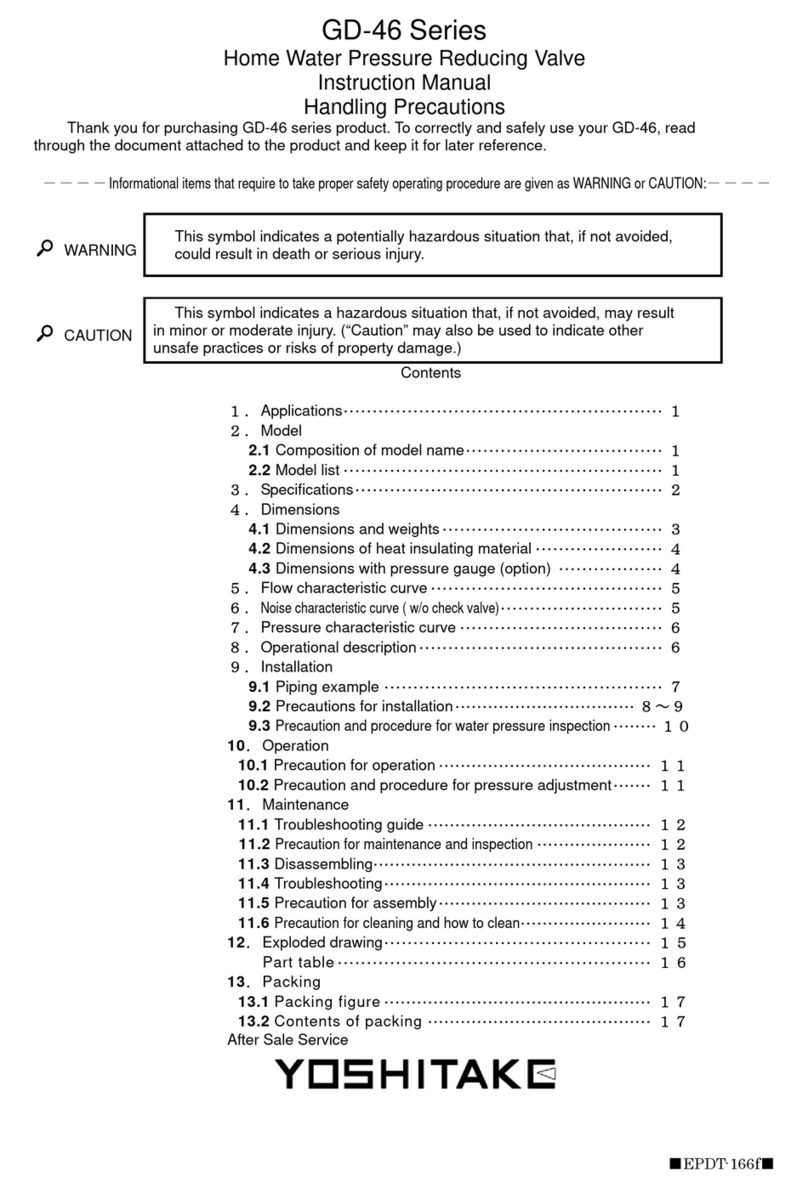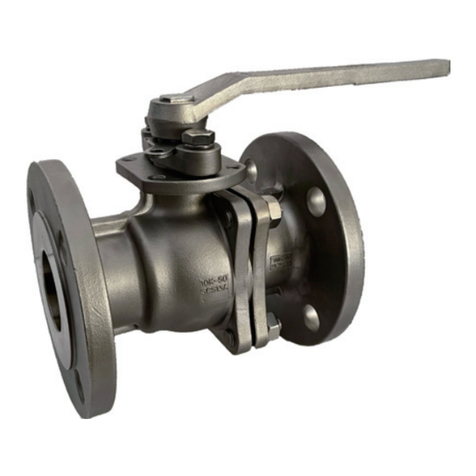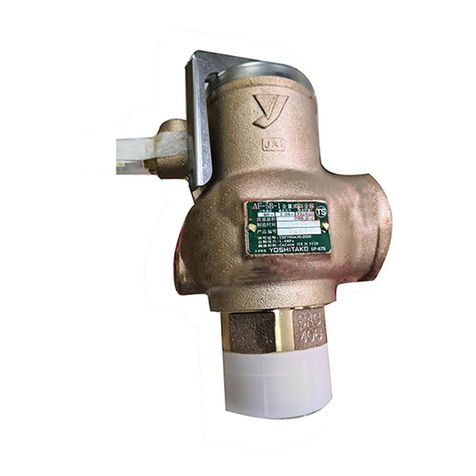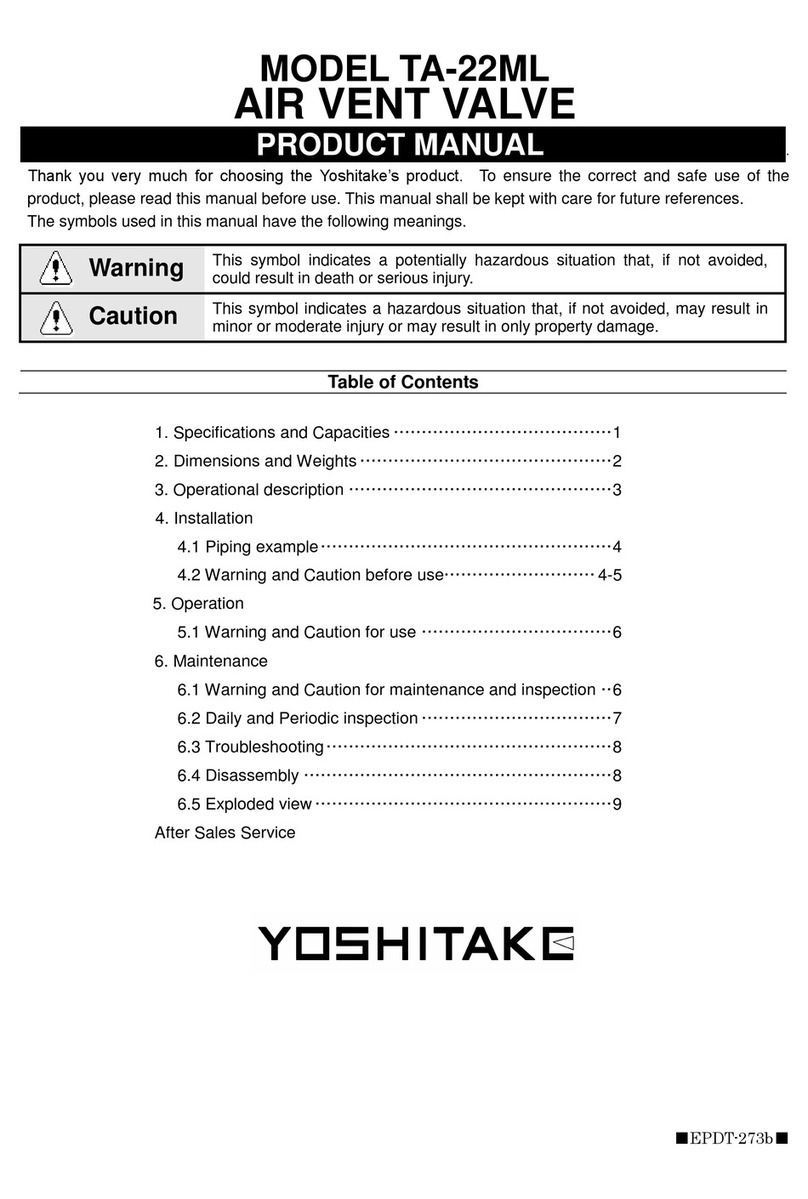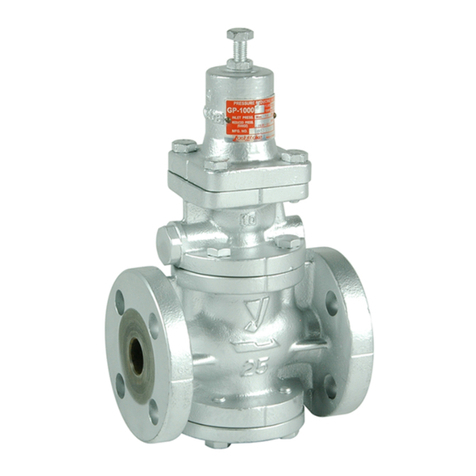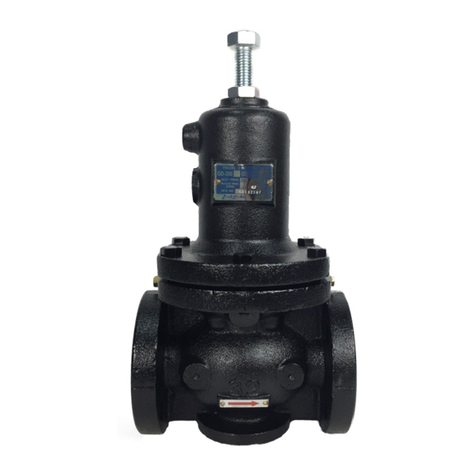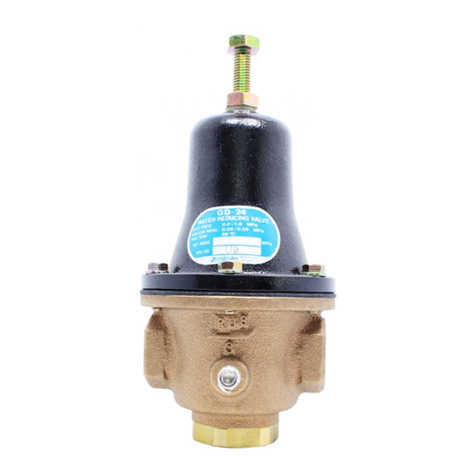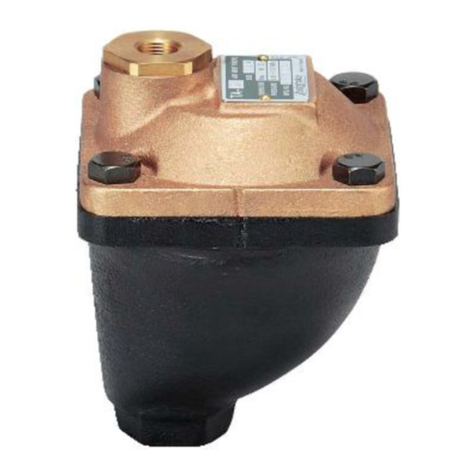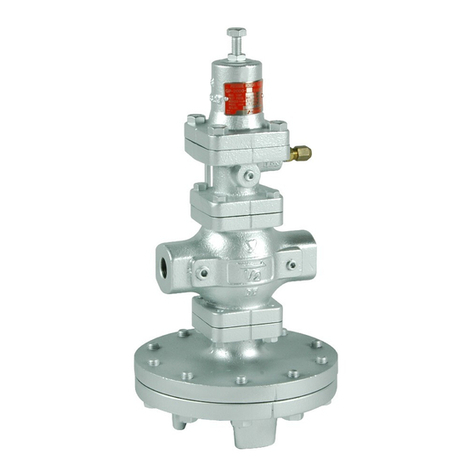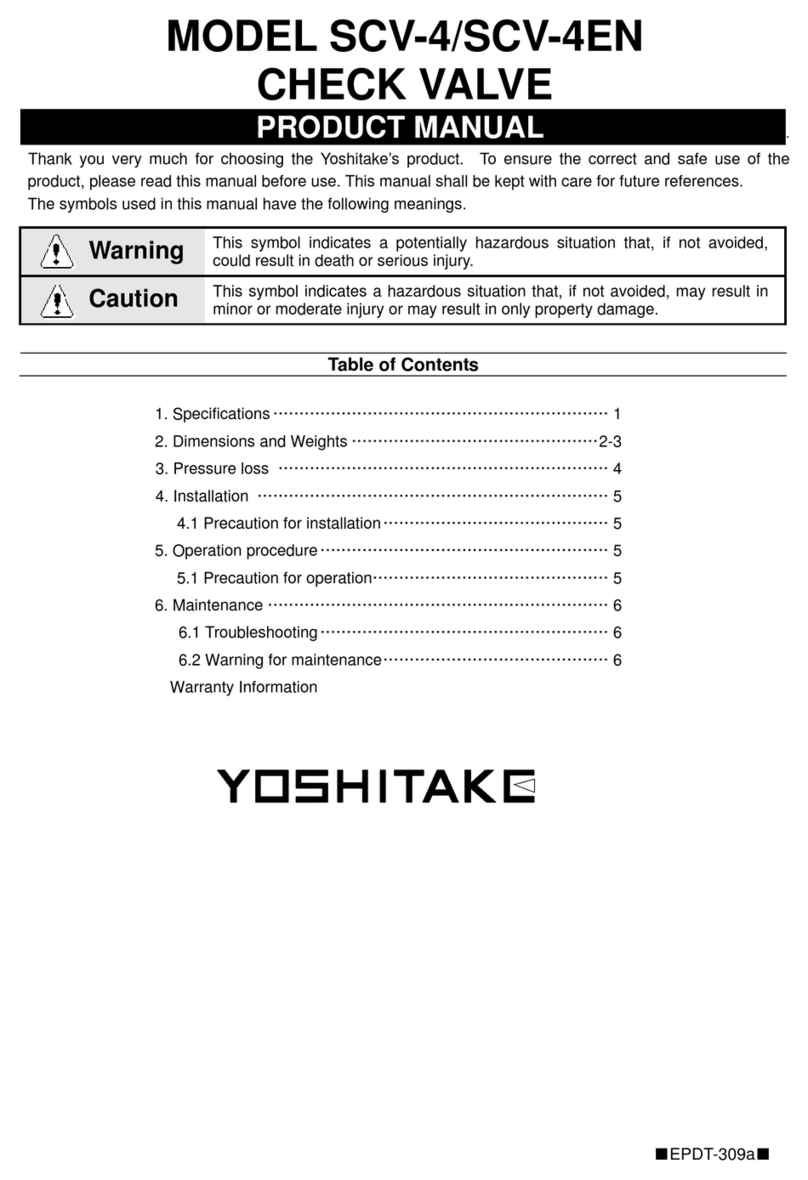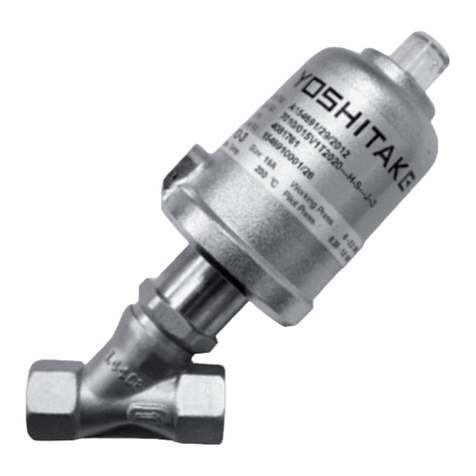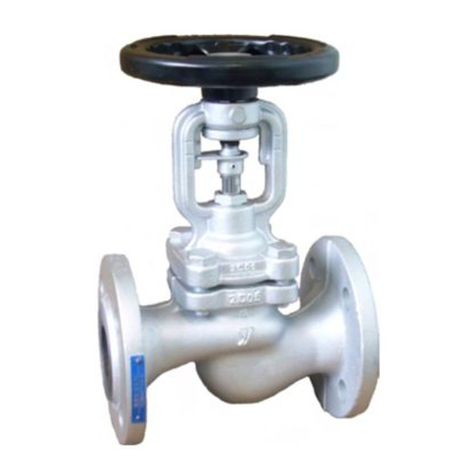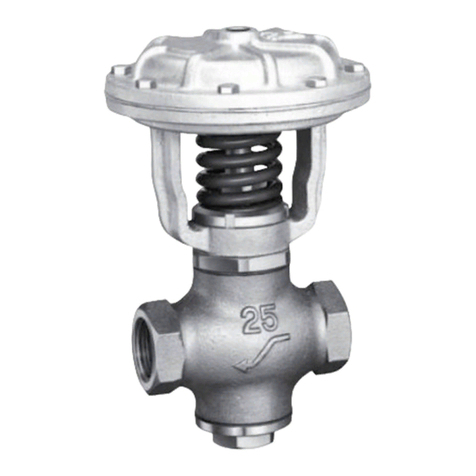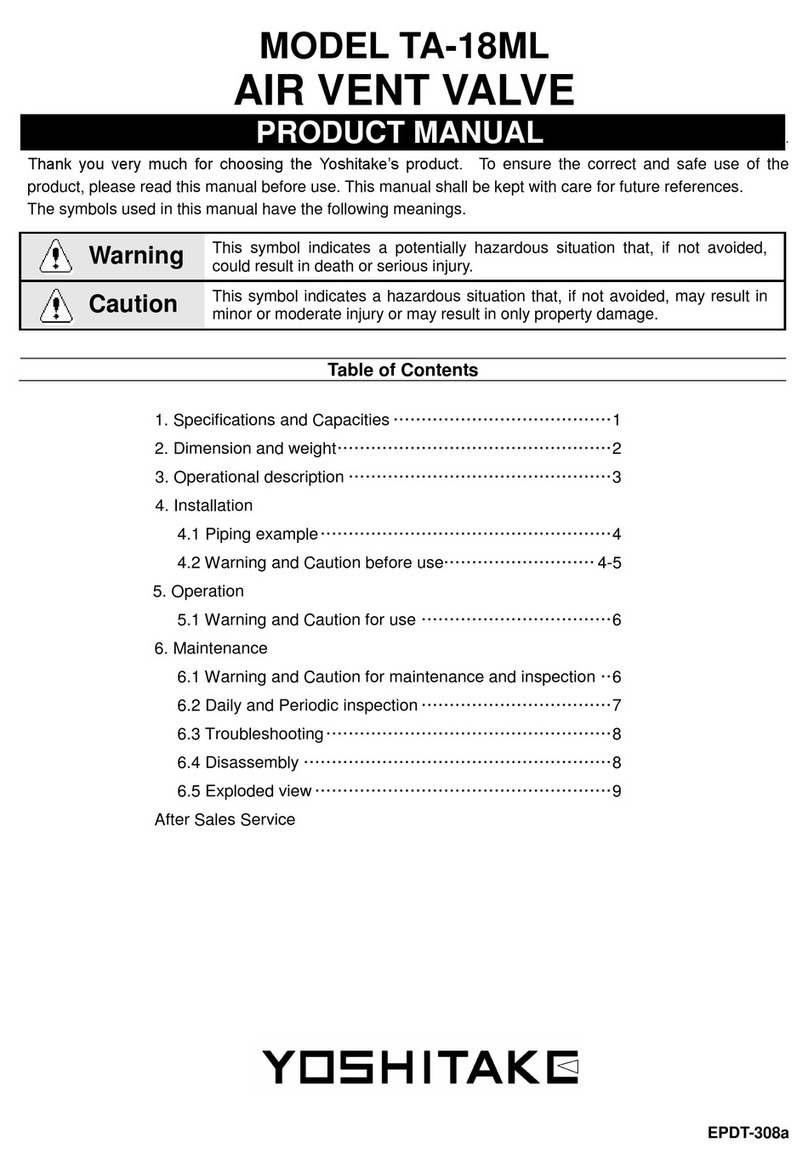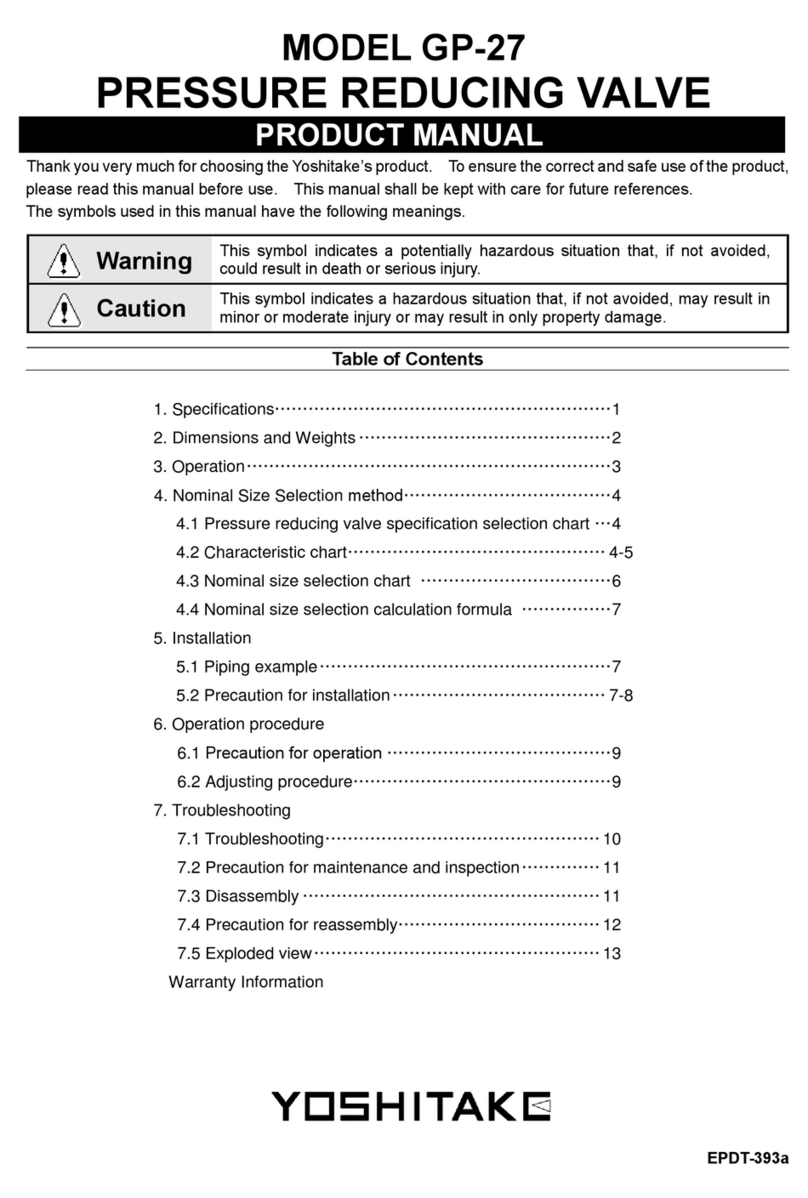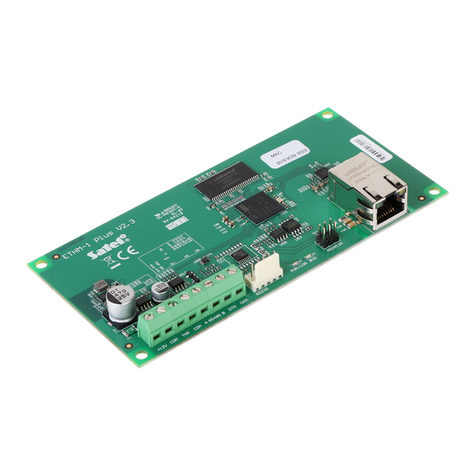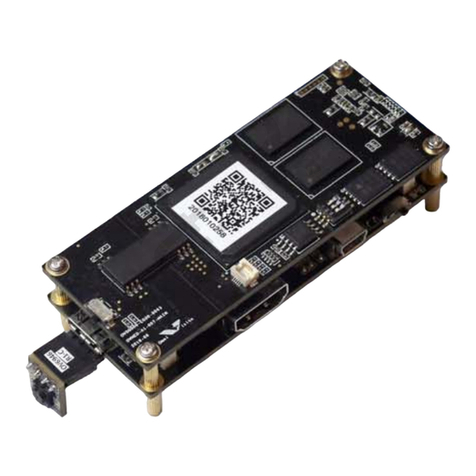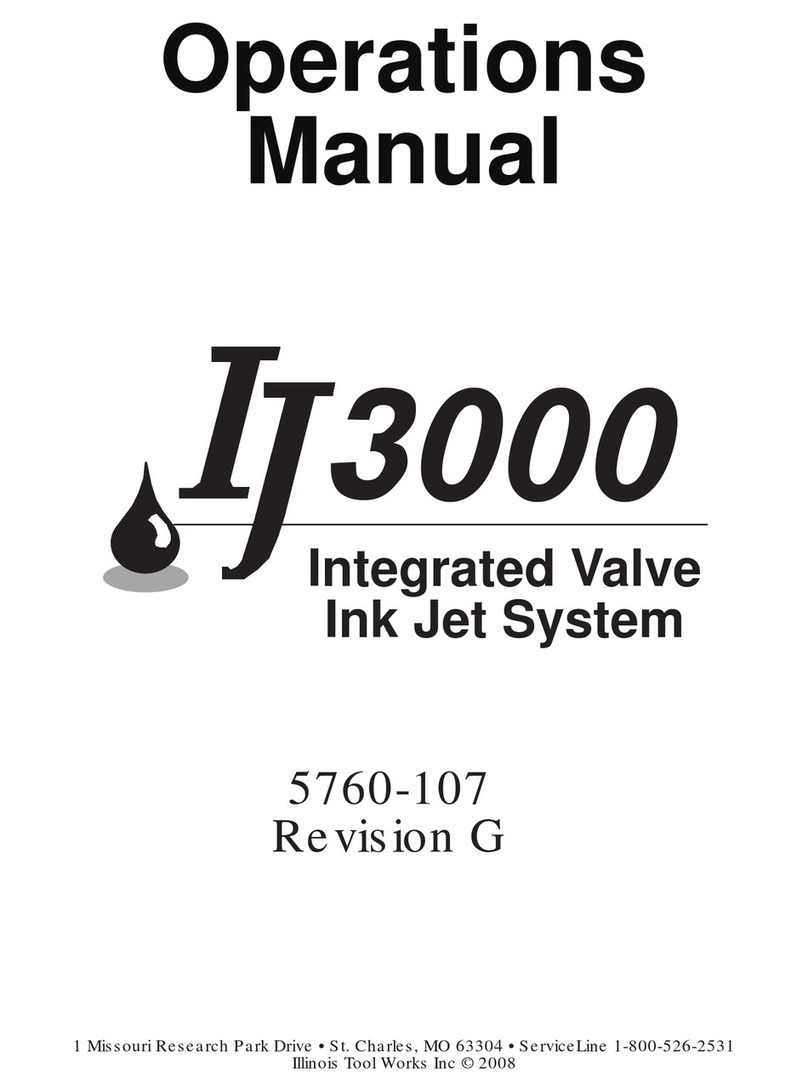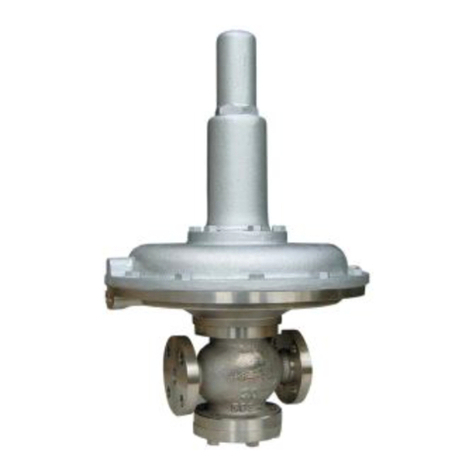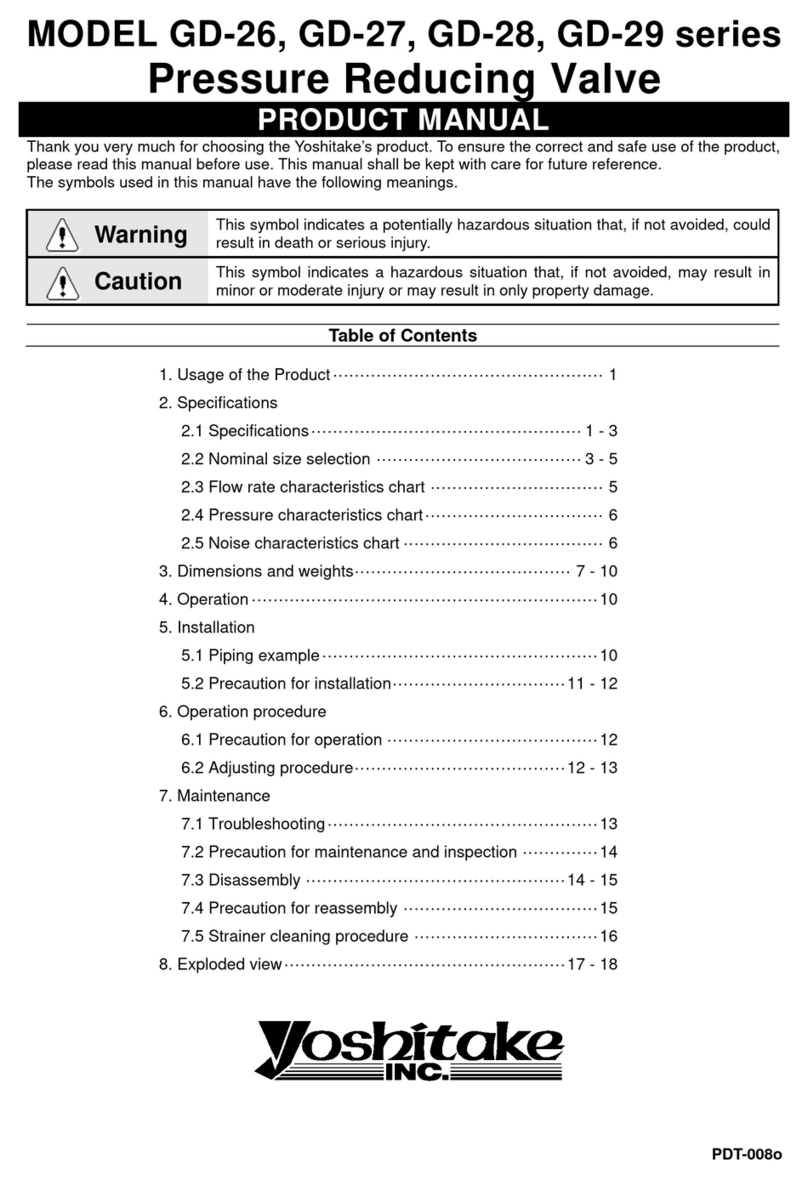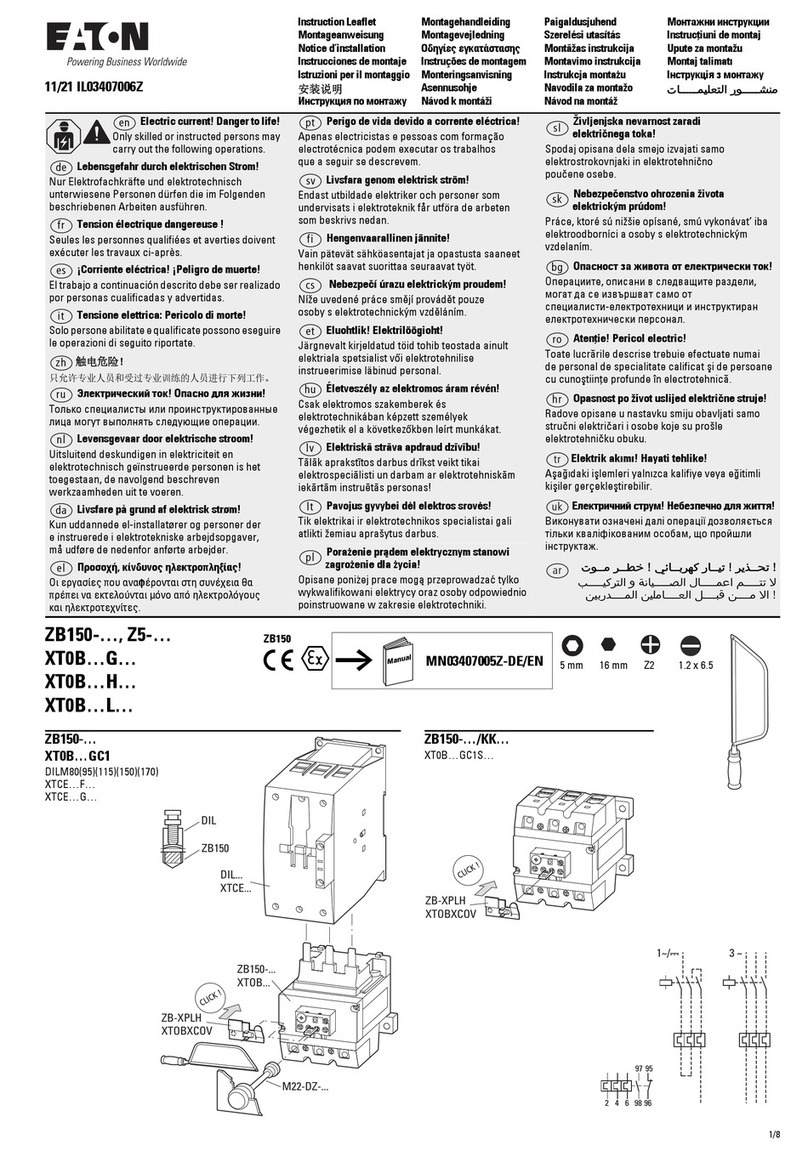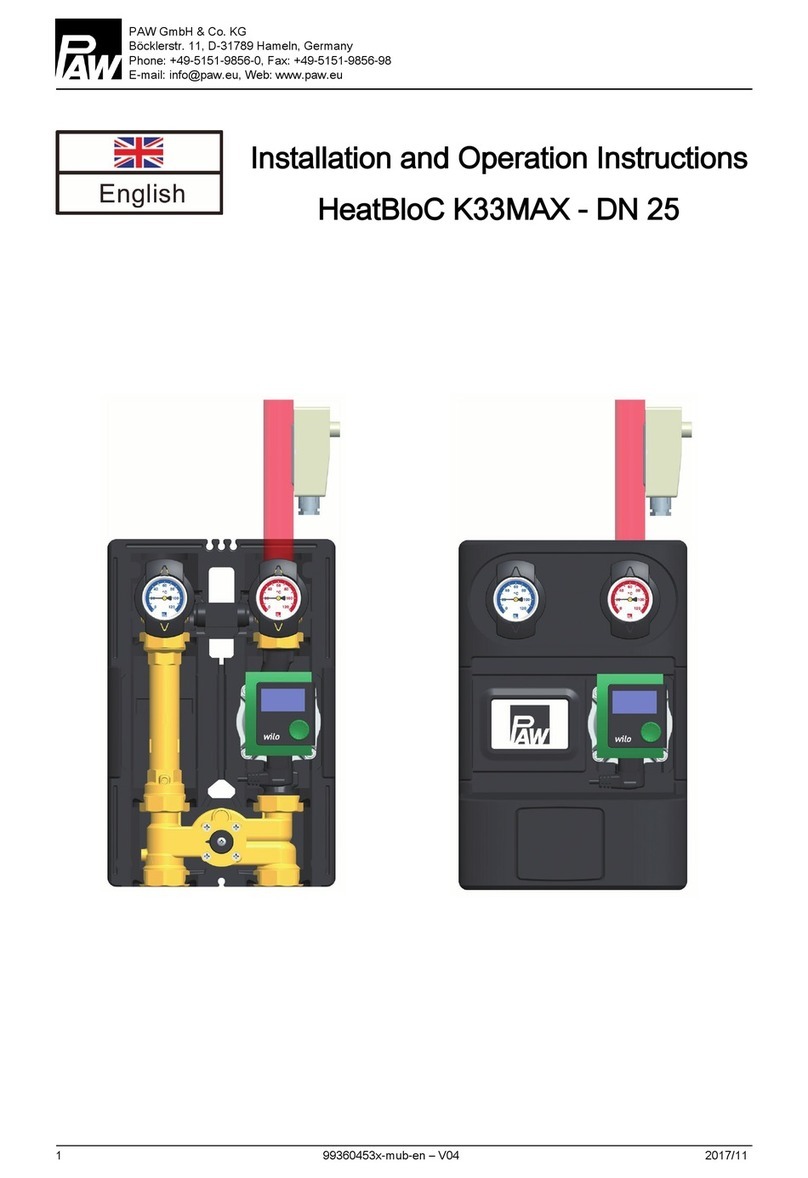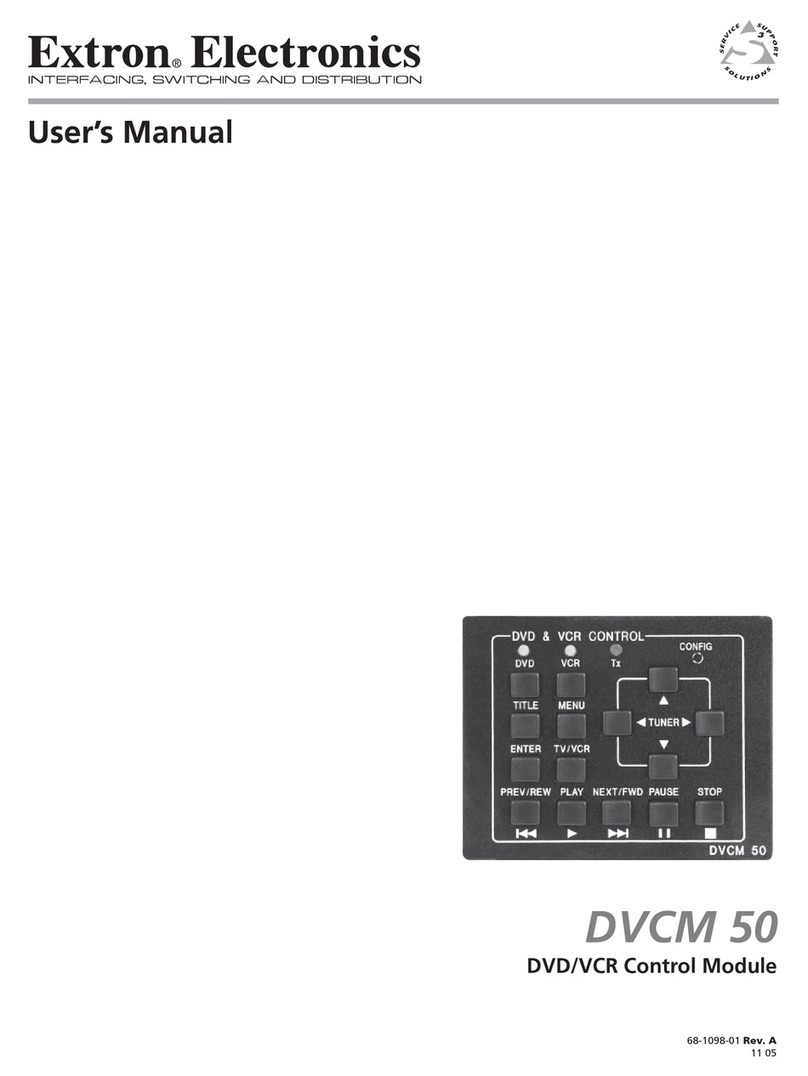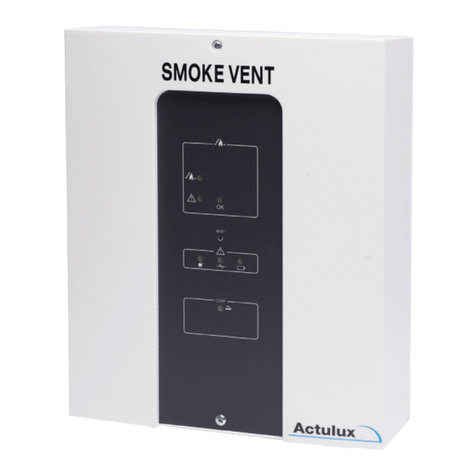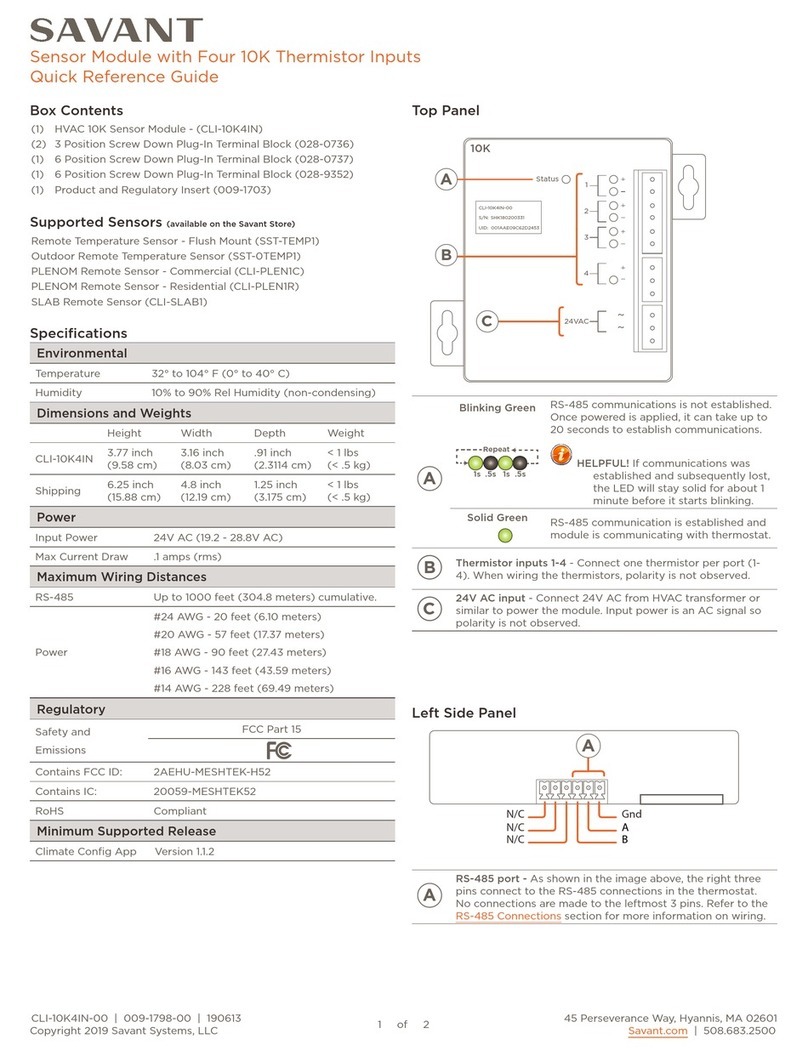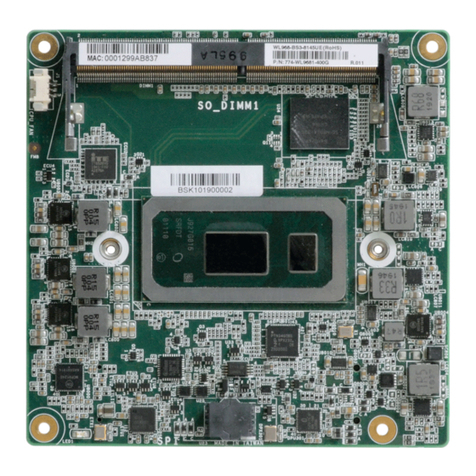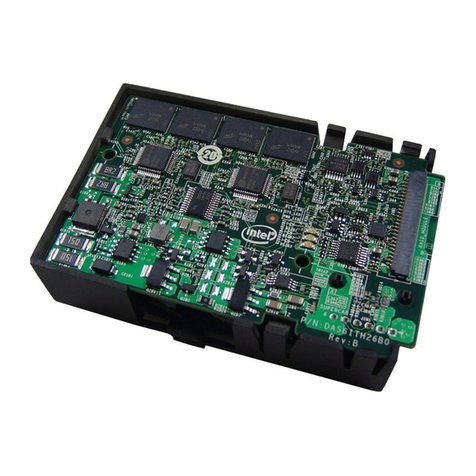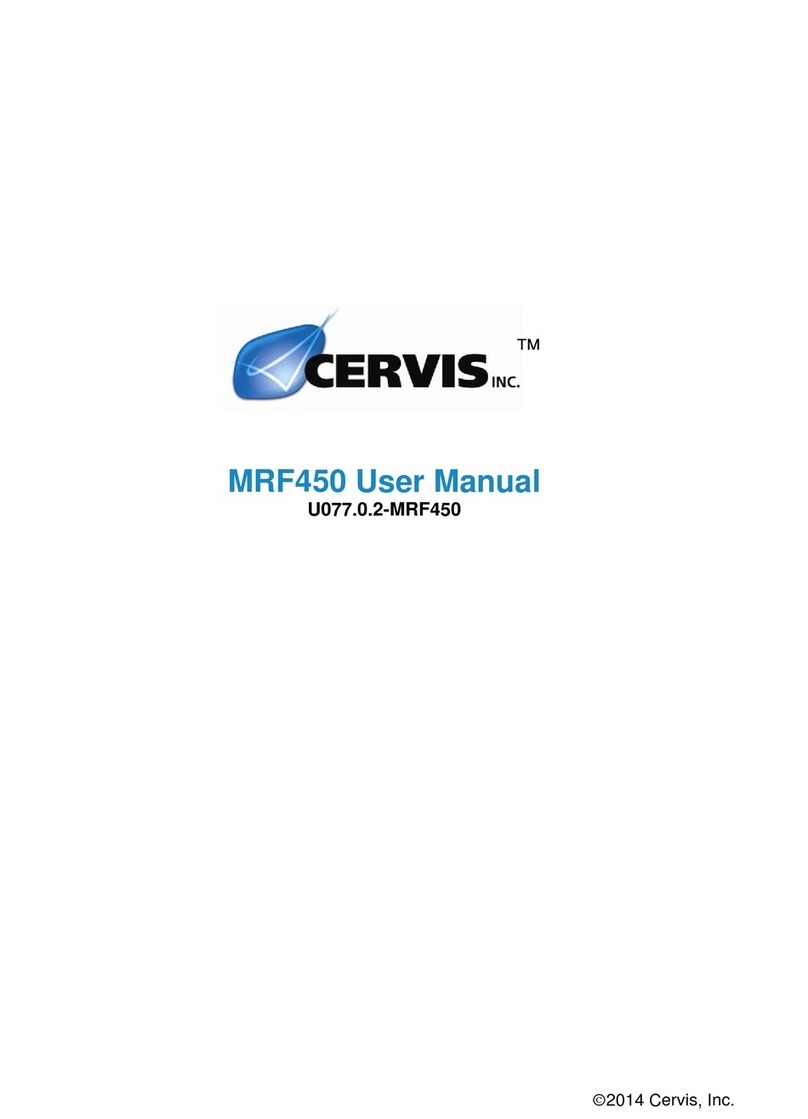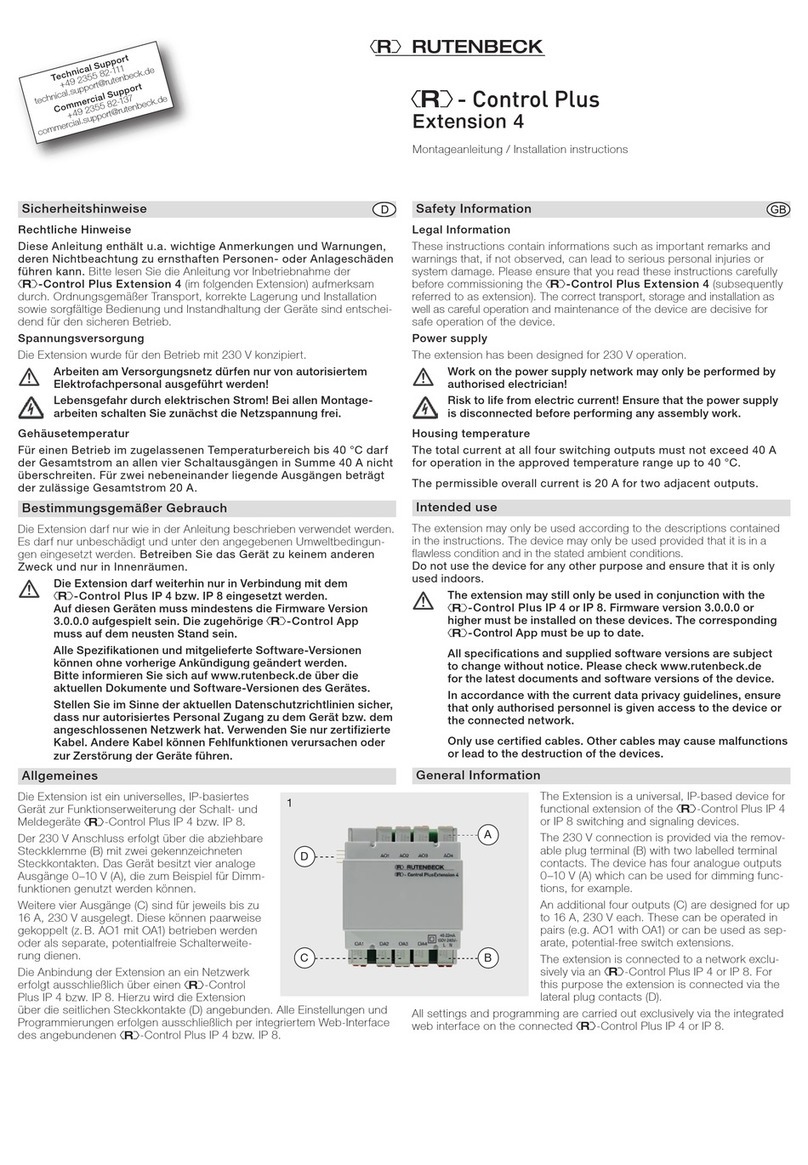
EPDT-255b
7
8. Operating procedure
8.1 Precautions for operation
Warning
Do not touch the product with bare hands when the fluid has a high-temperature.
* Failure to this notice may scald your skin.
Caution
1. Before leading fluid into the product, close the stop valves before and after the product and
remove all foreign substances or scales via the bypass line.
* Foreign substance or scales may prevent the product from functioning properly.
2. Before leaving the product not operated for a long time, discharge the fluid inside of the product
and piping completely, and close the stop valves before and after the product.
* Failure to follow this notice may cause malfunction due to rust generated inside the product and
piping, or result in damage due to freezing.
* The fluid can be drained out of the product efficiently with the air vent valve (see “8.2 Precaution
for air vent”).
3. Pressure regulation of the product shall be performed while the fluid running. To increase the set
differential pressure, loosen the lock nut [13], and then slowly turn the adjusting screw [12]
clockwise. To decrease the set differential pressure, slowly turn the adjusting screw [12]
counterclockwise.
* The fluid leaks if the cap [14] is removed. In this case, use a waste cloth to wipe it out.
4. Remove air accumulated in top and bottom sides of diaphragm using the air vents in accordance
with the procedures described in “8.3 How to use air vent.”
* Air accumulated in the top and bottom sides of the diaphragm may cause malfunction of the
product.
8.2 Precautions for air vent
Warning
Do not stand in front of the air vent valve during use.
* Failure to follow this notice may result in scalds or bodily injury due to blow-off of
the fluid inside.
Caution
Do not rotate the air vents more than 1/2 turn when use.
* Failure to follow this notice may make the air vents detached from the body. In this
case, the air vents may not be reattached.
8.3 How to use air vent
(1) Rotate the screw of the air vent [17] counterclockwise to loosen it in order to discharge air.
(2) Rotate the screw of the air vent [17] clockwise to the original closed position after discharging air.
9. Maintenance
9.1 Precautions for disassembly and maintenance
Warning
1. Disassembling and inspections must be performed by experienced professional or valve manufacturer.
2. Before disassembly or inspection, completely release internal pressure of the product, piping and
equipment. When the fluid is hot, cool down the product to the condition that it can be touched with bare
hands.
* Residual pressure may cause bodily injury or scalds and may contaminate surroundings of the
product.












